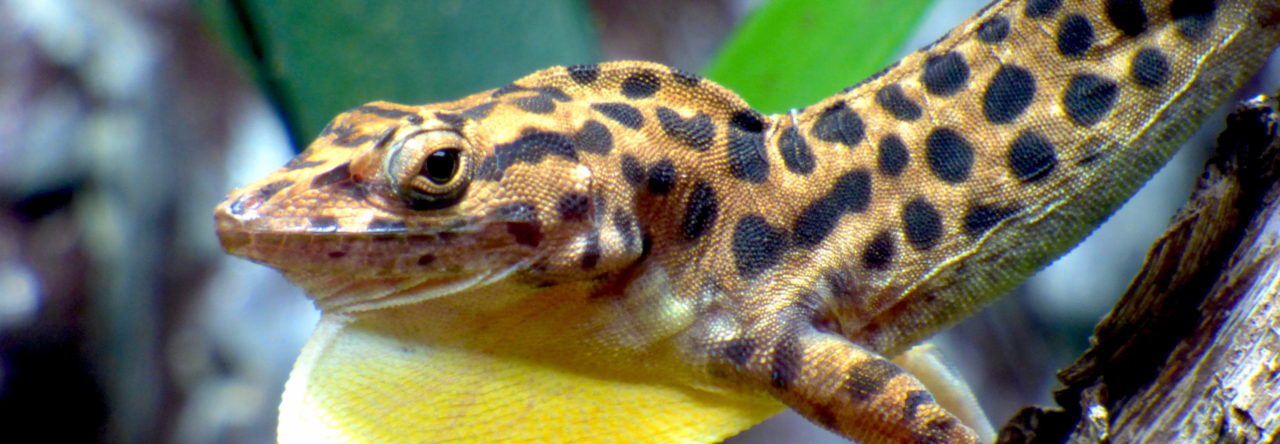Hurricanes and anoles often go hand in hand. You’ve likely come across reports of the infamous wind tunnel experiments mimicking hurricane-force winds or stories about anoles surviving—or not surviving—these intense storms. But what do hurricanes and the environmental matching hypothesis (EMH) have to do with each other? In this case, they’re not directly linked, but they leave room for an intriguing story.
When a lizard lays an egg, it has no control over how the embryo will develop in response to environmental conditions. This lack of control can make survival tricky if conditions are not ideal. However, some animals can adapt their development before hatching to better suit the environment they will encounter later. The “environment-matching” hypothesis (EMH) suggests that the match between developmental and adult environments is a key factor influencing performance.
Chris Norris, a current PhD candidate in the Warner Lab, tested this hypothesis using a population of brown anoles (Anolis sagrei) on two small islands in Eastern Florida. More than 3,000 eggs were collected from wild lizards and incubated under two conditions: warm and sunny or cool and shady. After hatching, the baby lizards were released onto two islands—one sunny and open, the other shady and forested. Over five months, their survival and growth were tracked. Early results show that lizards incubated in sunny conditions had higher survival rates on the sunny island compared to those incubated in shady conditions. In both habitats, selection on body size was stronger on the open island that experienced more flooding and had less structure, and, on both islands, larger body size was selected for. While the developmental environment had no effect on survival from the storm .This suggests that the environment they develop in before hatching plays a crucial role in their later survival, especially when their early and later environments align.
During the course of the experiment, the islands were submerged by not one, not two, but three hurricanes: Ian (2022), Helen (2024), and Milton (2024). While these storms caused significant disruptions (Fig 1), they also underscored the resilience of these tiny reptiles. This work highlights not only the importance of developmental environments, but also the remarkable ability of anoles to endure extreme weather events. As climate change leads to more frequent and severe storms, studies like this provide valuable insight into how animals might adapt—or fail to adapt—to rapidly changing environments. The resilience of these anoles serves as a testament to nature’s capacity to surprise us, even in the face of seemingly insurmountable odds.

Figure 1. Shaded habitat before hurricane impact

Figure 2. Shaded habitat after hurricane impact

Photos provide by Chris Norris
Chris is currently seeking postdoc positions this year. He will be completing his PhD in December 2026 and can be reached at mcn0018@auburn.edu.


